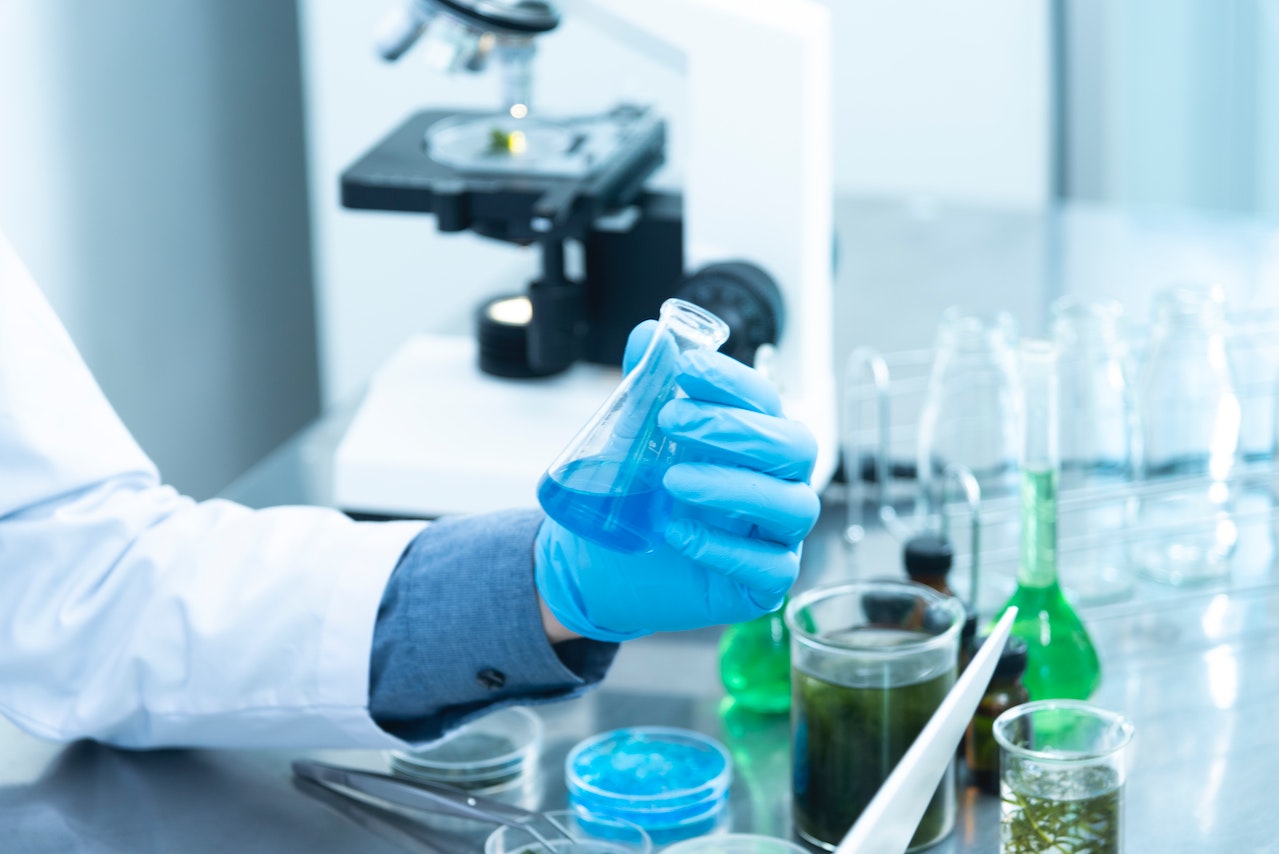Breakdown of Alkaloids

Have you ever wondered where the properties of kratom originate? The answer lies in kratom alkaloids. These naturally occurring compounds, present in the Mitragyna speciosa plant, are the foundation of its rich profile. They’re embedded within the plant's leaves and serve as the cornerstone of kratom's complexity and diversity. Here’s what you need to know about alkaloids.
What Are Alkaloids?
Alkaloids are nitrogen-containing organic chemical compounds found in various plants, fungi, bacteria, and some animals. The primary role of alkaloids in nature remains a mystery. Historically, theories proposed that they deter predators, while others believed they were byproducts of nitrogen metabolism. By the 19th century, science began isolating these compounds, revealing their numerous interesting properties. For instance, caffeine, a familiar alkaloid found in coffee, is a close cousin of kratom alkaloids.
Main Kratom Alkaloids: Mitragynine and 7-hydroxymitragynine
While kratom boasts over 25 alkaloids, these two alkaloids prominently stand out. They shape the distinctive attributes of various kratom strains, from the popular Maeng Da to the Thai and Bali kratom and the Indo and Vietnam strains.
Mitragynine
Mitragynine is the most abundant of kratom alkaloids in the Mitragyna speciosa plant. Accounting for a staggering 60-70% of the total alkaloid content, this indole-based compound primarily shapes the profile of most kratom strains. The structure of mitragynine is unique, allowing it to interact with multiple receptors in the body, lending kratom its multifaceted properties.
Interestingly, this alkaloid's prominence doesn't just stem from its sheer volume but also from its versatility. Different kratom strains and veins showcase variable mitragynine levels, indicating the compound's pivotal role in determining the plant's potency and overall character.
7-hydroxymitragynine
While mitragynine is greater in terms of volume, 7-hydroxymitragynine is the more potent kratom alkaloid. Despite making up a mere 2% (or even less) of kratom's total alkaloid content, this compound possesses an extraordinary ability to shape the plant's traits. Derived from mitragynine through a simple oxidation process, 7-hydroxymitragynine boasts a heightened affinity for the body's receptors, leading to its enhanced potency.
This stark difference between the quantities and potency of 7-hydroxymitragynine demonstrates the importance of not just the concentration but also the quality and interaction dynamics of alkaloids in kratom. With varying levels found across different kratom strains, this potent alkaloid plays a crucial role in tailoring the unique experiences kratom offers.
Other Noteworthy Kratom Alkaloids
Beyond mitragynine and 7-hydroxymitragynine, kratom's composition is enriched by a broad spectrum of alkaloids, with at least 23 additional compounds lending their unique qualities to the plant. Let's explore a few of these:
- Paynantheine: Recognized as an indole alkaloid, this compound ranks second in terms of prevalence, contributing to about 8-9% of the overall alkaloid content in kratom.
- Speciogynine: Another indole alkaloid, it comprises roughly 6-7% of the plant's alkaloid content.
- Mitraphylline and Isomitraphylline: Although present in minor quantities within kratom, these alkaloids stand out for their distinct traits.
- Speciophylline and Rhynchophylline: These compounds are also found in other members of the Coffee family, such as Cat's Claw, reflecting the botanical diversity and interconnectedness of this plant family.
- Akuammigine, Ciliaphylline, and Isopteropodine: Each kratom alkaloid boasts its individual characteristics, adding complexity to kratom's composition.
Together with these and other lesser-known alkaloids, kratom presents a comprehensive and multifaceted profile. Despite our knowledge, much remains unknown about the full range and potential of these alkaloids in kratom's composition.
Uncharted Territory: Kratom Research
The vast chemical compound landscape of kratom still requires lots of research and exploration. Fortunately, with surging interest, more research is being done. For instance, the University of Florida College of Pharmacy, led by kratom research pioneer Christopher McCurdy, has embarked on groundbreaking studies backed by grants totaling $6.9 million from NIDA. Over the next seven years, their team aims to delve deep into the world of kratom alkaloids.
Learn More at Royal Kratom
In summary, while the main alkaloids, mitragynine and 7-hydroxymitragynine dominate discussions, the kratom plant is a goldmine of potential yet-to-be-unearthed compounds. The journey of discovery is ongoing, and the future looks promising. Stay up-to-date with new kratom developments, including the latest studies and regulations across different states like Utah, Texas, and Arizona at Royal Kratom.
Visit our blog or shop your favorite kratom strains online and enjoy free same-day shipping and a 30-day satisfaction guarantee.
